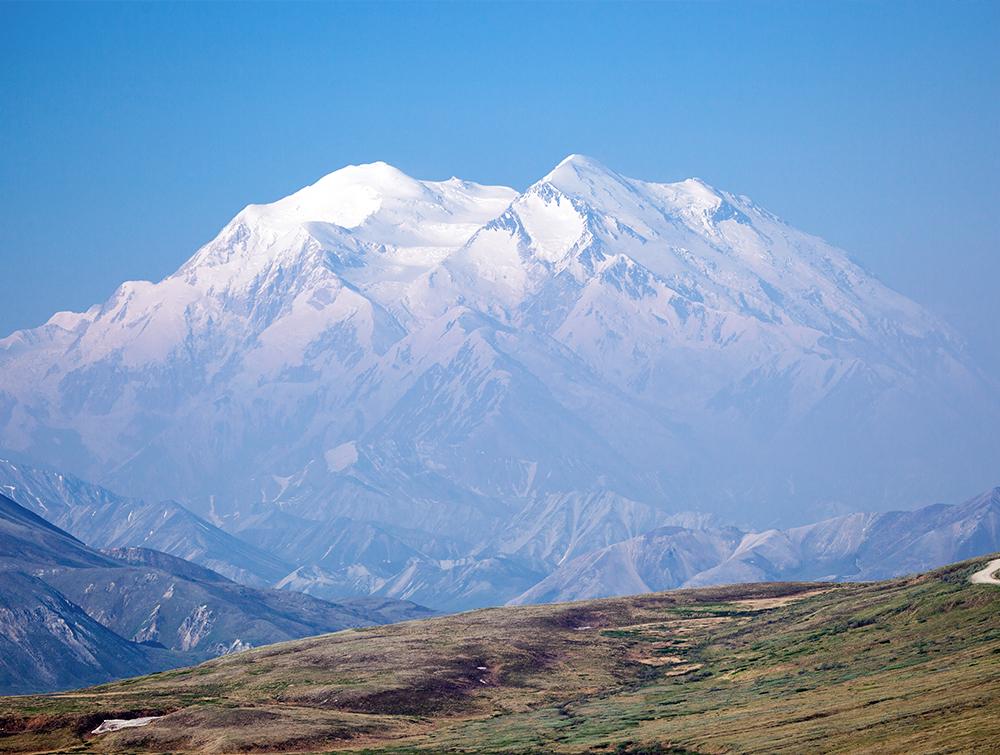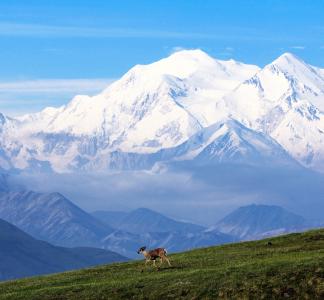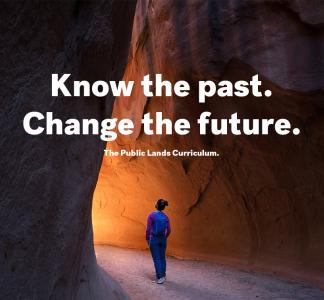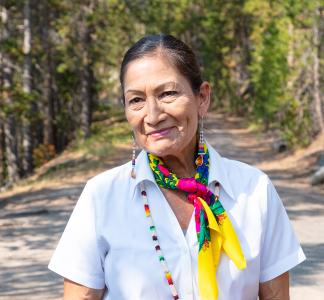Removal of a pervasive slur from public lands only the first step

Denali National Park and Preserve
NPS Photo/Daniel A. Leifheit
Communities are best positioned to rename harmful place names
Public lands are for all people, and need to reflect and celebrate our country’s multicultural history.
Rivers, mountains and other natural places on public lands across our country have names that don’t reflect the reality and values of the multicultural world we live in. Many natural features on public lands have names that were born of and remain remnants of colonialism, conquest, genocide, and a deeply entrenched history of racism and supremacy. Thus, we call for these derogatory, harmful, racist, and archaic place names to be acknowledged and changed.
Racist and harmful names have no place on public lands.
There have been many successful, local efforts over the years to change harmful names of natural places.
In 2022, Yellowstone National Park honored the rich history of Indigenous peoples and the land by changing the name of Mount Doane— originally named for a military leader who facilitated a massacre against Indigenous people—to First Peoples Mountain.
Also last year, Grand Canyon National Park changed the name of Indian Gardens—a spot along the popular Bright Angel Trail—to Havasupai Gardens at the request of the Havasupai Tribe, whose ancestors were forcibly removed from the area.
Some fights persist.
The Eastern Band of Cherokee Indians Tribal Council passed a resolution last year to change the name of the Great Smoky Mountains National Park’s highest peak from Clingman’s Dome to Kuwahi, meaning mulberry place, a name that the Cherokee people use to refer to the peak. And in Colorado, Mount Evans, one of the state’s prized 14,000-foot peaks and which is named for the territorial governor who facilitated one of the deadliest massacres against Indigenous people in the country’s history, may soon have a new name.
However, the single biggest renaming effort in United States history came last September when the Department of Interior—under the leadership of Secretary Deb Haaland, the country’s first Native American cabinet member—removed a slur that degrades Indigenous women from over 650 geographic features. Local communities all across the country then had an opportunity to provide feedback on what those places were renamed.
“Racist terms have no place in our vernacular or on our federal lands. Our nation’s lands and waters should be places to celebrate the outdoors and our shared cultural heritage—not to perpetuate the legacies of oppression.” — Interior Secretary Deb Haaland
The secretarial order directed the U.S. Board on Geographic Names—the federal body tasked with naming geographic places—to implement a process to rename these more than 650 creeks, meadows and peaks. (Check out this map highlighting all the new names of these places!)
Removing slurs and derogatory terms from public lands is a big step towards ensuring the outdoors represents—and welcomes—all people. However, Sec. Haaland’s Secretarial Order went a step further, additionally creating an advisory committee tasked with proactively looking critically at our landscapes and reviewing additional harmful names on public lands.
Newly formed committee will enable further changes
The Advisory Committee on Reconciliation in Place Names will identify existing names of geographic features that may be considered derogatory and recommend potential replacement names. It will also develop a process to solicit, encourage and assist proposals for changing harmful geographic names.
This committee contains 17 members, representing Tribal Nations and Tribal organizations, Native Hawaiian organizations and members of the public who have expertise in fields including civil rights, history, geography and anthropology. They met for the first time on Dec. 7, 2022, and while we look forward to the committee's work ahead, we have some recommendations that we hope they consider.
Recommendations on future place names work
For our first ( and hopefully obvious) recommendation—harmful, derogatory, and racist names have gotta go. Allowing these names to persist is harmful and divides rather than unites us.
But it’s not enough to simply remove an offensive name. The replacement name matters just as much. We must recognize Indigenous connections to these places and return Native names wherever possible and where deemed appropriate by all affiliated Tribal Nations and Indigenous communities.
Second, the current process for name changes is too slow, lacks transparency, and does not welcome public involvement. As a result, racist, and harmful names persist and perpetuate harm. So, as geographic features are renamed on public lands, the new committee should use its position to steer the naming process towards equity, justice, and respect for the original inhabitants of these places.
Words matter and place names should make the outdoors, especially public lands, more accessible and welcoming to all of us, reconcile our nation’s history, and push us towards the beauty, strength, and resiliency of all communities in our nation.
In 2018, Oregon removed an anti-Black place name to "Ben Johnson Mountain" with the help of the Oregon Black Pioneers and the Oregon Geographic Names Board. The change now honors the life and work of Ben Johnson, a 19th-Century blacksmith.
California renamed a mountain with a racist name to Ballard Mountain, which now shares the history of the first Black man to settle in the hills above Malibu, John Ballard.
Places like Harvey Milk Promenade Park and Stonewall National Monument commemorate the important contributions and struggles of LGBTQ+ people in American history and culture. Harvey Milk was the first openly gay elected official in California, fighting for LGBTQ+ rights until he was killed in 1978. The Stonewall National Monument in New York City commemorates the Stonewall uprising of 1969, which marked a turning point in the gay rights movement. By recognizing these historic events and people, these places increase awareness, acceptance and inclusivity of the LGBTQ+ community. They also provide a sense of pride and belonging for LGBTQ+ individuals and serve as a space for education for all.
What we name our mountains, rivers, and valleys help ensure that the joy, stories and struggles of historically marginalized communities are not forgotten and their contributions are properly recognized, honored, and celebrated. We have much work ahead. But by acknowledging and correcting harmful place names, we can begin to promote understanding and equality, and help to build a more just and equitable society.



